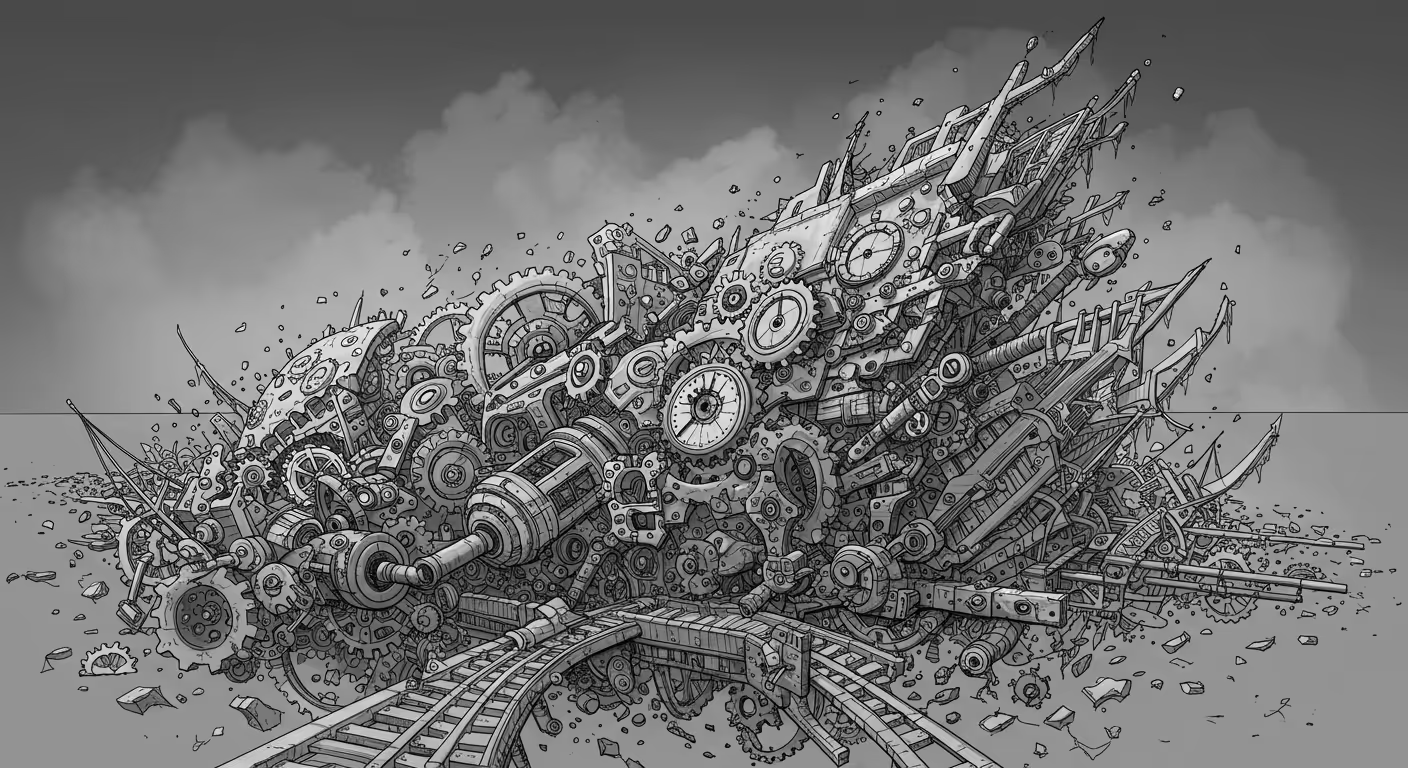- Sections
- Ruby
- Web Development
- Artificial Intelligence
- Urban Planning
- Astronomy
- Issue Navigation
- Previous Issue
- Next Issue
Monday, September 08, 2025
The Digital Press
All the Bits Fit to Print
Monday, September 08, 2025
All the Bits Fit to Print
Analysis of urban downzoning’s impact on American cities and inequality

The article argues that restrictive zoning laws enacted in the mid-20th century, starting with New York City’s 1961 downzoning, effectively halted urban growth and reduced housing capacity, disproportionately harming poor residents who rely on cities for economic opportunity.
Why it matters: These zoning policies curtailed city population growth, limiting affordable housing and trapping many poor workers outside urban economic engines.
The big picture: Across the U.S., similar downzoning and anti-apartment rulings over the past century have pushed development into suburbs, undermining urban density and mobility.
The stakes: Without dense, affordable cities, income mobility declines and economic inequality worsens, contributing to stagnant wages and social exclusion for low-income families.
Commenters say: Readers highlight the role of cars and parking mandates alongside zoning in suburban sprawl, note historical urban safety concerns, and debate the complexity behind urban decline beyond just anti-poor policies.